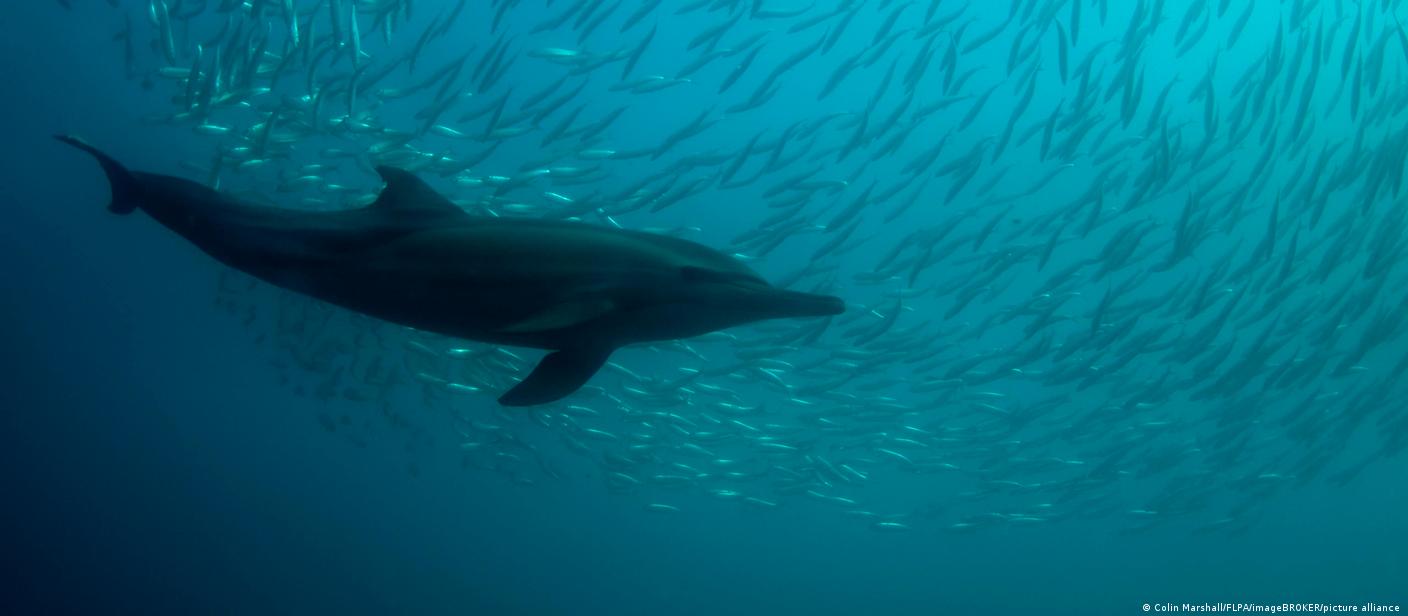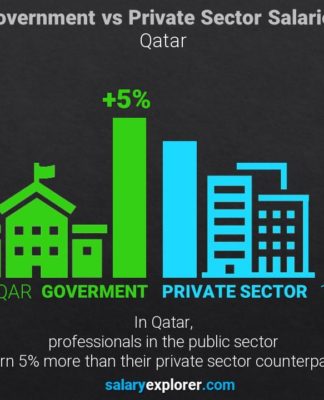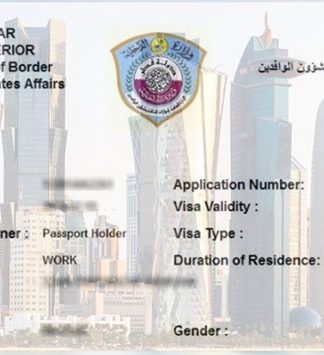NATURE AND ENVIRONMENTGLOBAL ISSUES
UN states finally strike deal to protect high seas
Tim Schauenberg
31 minutes ago31 minutes ago
While the high seas make up over 60% of the world’s oceans, they have long drawn less attention than coastal waters. The UN treaty aims to change that by attempting to ensure the sustainable use of ocean biodiversity.
https://p.dw.com/p/4NjgW
Vast parts of the world’s oceans are still the Wild West when it comes to conservation. But that might be about to change.
After five rounds of protracted UN-led negotiations, negotiators from over 100 countries have agreed on a legally binding agreement to protect the high seas.
The treaty aims to conserve and ensure the sustainable use of ocean biodiversity, a move that has been welcomed by environmental groups who believe it will help reverse marine biodiversity losses and promote sustainable development.
The agreement was reached a day after the original deadline in New York on Saturday.
The consensus was finally achieved after more than 15 years of discussions, including four years of formal talks and the third so-called final negotiating session in less than a year.
The UN conference president, Rena Lee, expressed her satisfaction with the outcome, saying, “The ship has reached the shore,” which was met with applause from the attending delegates.
This long-awaited step marks a significant turning point in the effort to protect the high seas and preserve marine life. The treaty is expected to contribute to the conservation and sustainable use of marine resources, while also protecting the rights and interests of all countries involved.
Fishing, shipping, tourism and ocean protection are currently controlled by around 20 organizations. However, their regulations only apply to a distance of 200 nautical miles (370 kilometers) from the coast. Farther out, international waters start, and individual states don’t have any power or say.
Although the high seas make up more than half of the surface of the Earth and 61% of all oceans, only 1% of international waters are under protection.
Illegal fishing, overfishing and other forms of damage to the ecosystem, such as deep-sea mining, oil and gas drilling, can hardly be monitored, tracked or prosecuted in a consistent way.
Fish are seen in the net as they are landed following the second trawl of the dayFish are seen in the net as they are landed following the second trawl of the day
It’s virtually impossible to control what’s happening to fish in international watersImage: Ben Stansall/AFP/Getty Images
Conservationists hope the treaty will help fulfill the international obligation to protect 30% of the world’s oceans by 2030, as agreed by a landmark deal in December 2022.
Why is a healthy underwater world so important for humans and our planet?
The resources of the ocean don’t just sustain coast dwellers, but almost 3 billion people worldwide. The entire sea industry has a worth of $3 trillion (€2.8 trillion) — that’s 5% of the world’s gross domestic product.
The ocean isn’t just important for beach tourists and fishers. We also need it in order to generate sustainable wave and tidal energy, as well as for the production of commodities and even medicine.
Some agents used to fight leukemia, for instance, are derived from a shallow water sponge called Tectitethya crypta, which can be found in the waters of the Caribbean. The poison of the fish-eating sea snail Conus magus is being used to develop an effective painkiller. Many similar possibilities have yet to be explored, but scientists see a huge potential for the treatment of diseases.
Why climate change is stressful for oceans
More than half of the total amount of oxygen in our atmosphere is created by creatures in the ocean. At the same time, oceans store 50 times more carbon dioxide than what’s currently found in our atmosphere. The warmer the ocean gets, the less CO2 it can store. It’s a vicious cycle: the warmer it gets, the less our oceans can protect the planet from even more extreme weather events.
If temperatures keep increasing at their current speed, scientists believe many shellfish such as mussels and snails will not survive. That’s due to ocean acidification: if the CO2 content in the seawater increases, the PH level in the water changes. The increasing acidity hampers the creation of the chalky shells of the animals. This throws entire biospheres off-balance, and could threaten entire economic sectors, such as the breeding of oysters and mussels.
Great Barrier Reef, seen from aboveGreat Barrier Reef, seen from above
The most well-known example of coral bleaching is the Great Barrier Reef in AustraliaImage: Bildagentur-online/McPhoto-Schulz/picture alliance
The rising temperatures in the atmosphere triggered by the burning of coal, oil and gas also change ocean currents as the water gets warmer. This can already mean death for many creatures, such as corals. Corals live in symbiosis with colorful algae which help feed them. The warming of the water can lead to algae death, which means more stress for corals, leading to many losing their color, which is also known as coral bleaching.
How can we protect ocean ecosystems?
If nothing changes, half of all sea dwellers will be critically endangered by the end of this century, according to estimates by UNESCO. This doesn’t necessarily mean we can’t use the ocean any longer. It just means we have to use it in a way that doesn’t harm it, or at least only harms it to the extent that it can regenerate on its own.
Every year, we toss away 10 million tons of fish — that could fill more than 4,500 swimming pools — because of bad fishing practices and processing. This could be prevented, and in turn directly decrease pressure on our oceans.
Shanty houses with hanging toilets, with waste that runs straight into the river below, are seen in downtown JakartaShanty houses with hanging toilets, with waste that runs straight into the river below, are seen in downtown Jakarta
Toilet waste that runs straight into the river is polluting our waterwaysImage: Bay Ismoyo/AFP/Getty Images
Another example: sewage. Around 80% of global wastewater is currently being diverted into oceans, unfiltered. In the poorest countries of the world it’s even up to 95%. This wastewater pollutes, contaminates and destroys oceans and coastal regions. Building sustainable sewage systems, especially in developing countries, would protect ocean ecosystems and contribute to better drinking water supplies in many places.
Will a new treaty help?
According to the UN’s environment program, international treaties are one of the best ways to stop the destruction of oceans.
Many treaties have been signed in recent years regarding the protection of coastal regions. Some have already had a positive effect on the environment; many, however, have not been able to reach their goals. That has to do with the fact that agreements are always dependent on national parliaments turning them into laws, and allocating enough resources to institutions and projects so the goals can be reached.
The EU is pushing for the implementation of the historic 2022 Kunming-Montreal Global Biodiversity Framework. Part of this historic agreement is to put 30% of the globe under protection until 2030. Meanwhile, 18 developing and emerging nations are pushing for the introduction of a mechanism that guarantees the fair distribution of ocean resources.
Saving coral reefs with scissor art
04:56
This article was first published in German and has been updated to reflect negotiation status.






























